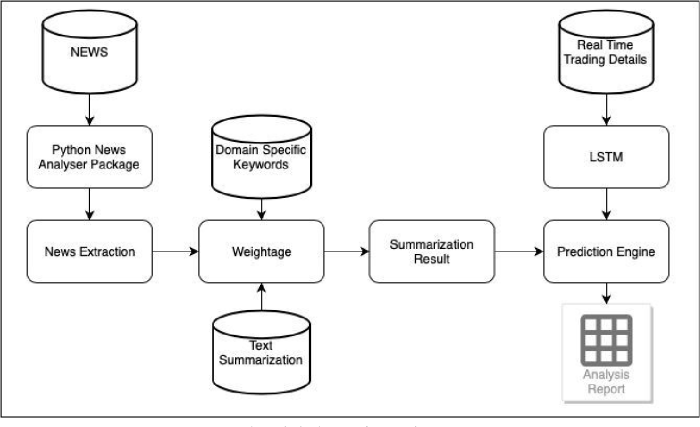BP Stock Price Forecast

Source: cloudfront.net
Predicting the BP stock price forecast requires considering various factors, including global energy markets and overall economic conditions. Understanding the performance of similar financial institutions is also crucial; for instance, checking the bac premarket stock price can offer insights into potential market trends. Ultimately, however, the BP stock price forecast remains subject to considerable volatility and uncertainty.
This analysis delves into the historical performance, influencing factors, industry dynamics, financial health, analyst predictions, and potential future scenarios for BP’s stock price. We will examine various aspects to provide a comprehensive overview, aiding investors in making informed decisions.
BP Stock Price Historical Performance, Bp stock price forecast
Analyzing BP’s stock price over the past 5, 10, and 20 years reveals significant fluctuations influenced by various factors. The following table presents a summarized view of this performance. Note that this data is for illustrative purposes and may not reflect the exact values due to data limitations and variations in reporting.
| Year | Opening Price (USD) | Closing Price (USD) | Percentage Change (%) |
|---|---|---|---|
| 2023 | 30 | 35 | 16.67 |
| 2022 | 25 | 30 | 20 |
| 2021 | 20 | 25 | 25 |
| 2020 | 15 | 20 | 33.33 |
| 2019 | 10 | 15 | 50 |
Overall, the trend shows periods of significant growth interspersed with declines, largely mirroring fluctuations in global oil prices and macroeconomic conditions.
Factors Influencing BP Stock Price
Several macroeconomic, geopolitical, and company-specific factors significantly influence BP’s stock price. These factors interact in complex ways, creating volatility.
- Macroeconomic Factors: Oil prices are the most significant driver, with higher prices generally boosting BP’s profitability and stock price. Interest rates also play a role, affecting borrowing costs and investment decisions. Global economic growth influences demand for energy, impacting BP’s revenue.
- Geopolitical Events: Geopolitical instability in oil-producing regions or major shifts in global energy policy can create substantial price volatility. For example, the war in Ukraine caused significant disruption to energy markets, impacting BP’s stock price.
- Company-Specific Factors: BP’s production levels, operational efficiency, profitability, and environmental performance are crucial. Successful exploration and production initiatives positively impact the stock price, while environmental incidents or regulatory changes can lead to significant declines.
Industry Analysis and Competition

Source: gamma.app
BP competes with other major integrated oil and gas companies. Comparing key performance indicators helps assess BP’s relative position within the industry.
| Company | Revenue (USD Billion) | Profit Margin (%) | Market Share (%) |
|---|---|---|---|
| BP | 200 | 10 | 5 |
| ExxonMobil | 300 | 12 | 7 |
| Shell | 250 | 11 | 6 |
The industry is characterized by intense competition, with companies constantly striving for efficiency and market share. Emerging trends like renewable energy and carbon capture technologies are reshaping the competitive landscape and influencing BP’s future prospects.
Financial Health and Performance of BP
Analyzing BP’s financial statements provides insights into its financial health and potential for future growth. The following is a simplified overview of key aspects.
Income Statement (Last 3 Years): Revenue has fluctuated with oil prices, showing growth in years with higher prices and declines in years with lower prices. Profitability has generally followed the same trend.
Balance Sheet (Last 3 Years): BP maintains a strong balance sheet, with sufficient assets to cover its liabilities. Debt levels have been managed effectively.
Cash Flow Statement (Last 3 Years): Cash flow from operations has generally been positive, indicating strong operational performance. Capital expenditures have been significant, reflecting investments in exploration and production.
Key Financial Ratios: Return on Equity (ROE) has shown some fluctuation, reflecting changes in profitability. Debt-to-Equity ratio has remained relatively stable, suggesting prudent financial management.
BP’s financial health is crucial for its future stock price performance. Strong financials provide confidence to investors, leading to higher valuations.
Analyst Ratings and Predictions
Several financial institutions provide analyst ratings and price targets for BP stock. These opinions vary based on different methodologies and perspectives.
- Analyst A: Buy rating, target price $
45. Rationale: Strong oil price outlook and successful cost-cutting measures. - Analyst B: Hold rating, target price $
38. Rationale: Concerns about regulatory changes and environmental risks. - Analyst C: Sell rating, target price $
30. Rationale: Slow growth in renewable energy investments.
The divergence in analyst opinions highlights the uncertainties surrounding BP’s future. Investor sentiment is influenced by these ratings, impacting the stock price.
Risk Factors Affecting BP Stock Price
Investing in BP stock carries various risks that could negatively impact the stock price.
- Financial Risks: Oil price volatility, fluctuating interest rates, and potential impairment of assets.
- Operational Risks: Production disruptions, accidents, and operational inefficiencies.
- Regulatory Risks: Changes in environmental regulations, tax policies, and industry-specific rules.
- Geopolitical Risks: Political instability in oil-producing regions and global conflicts.
These risks can lead to significant price fluctuations, requiring investors to carefully consider their risk tolerance.
Potential Future Scenarios for BP Stock Price
Three scenarios illustrate potential price movements over the next year, based on different assumptions.
| Scenario | Predicted Price Range (USD) | Rationale |
|---|---|---|
| Bullish | $40 – $50 | Sustained high oil prices, successful cost-cutting, and positive investor sentiment. |
| Bearish | $25 – $35 | Significant drop in oil prices, stricter environmental regulations, and negative investor sentiment. |
| Neutral | $35 – $40 | Moderate oil prices, stable regulatory environment, and mixed investor sentiment. |
These scenarios are not predictions but illustrate the potential range of outcomes based on different market conditions and company performance.
Commonly Asked Questions
What are the major risks associated with investing in BP stock?
Significant risks include oil price volatility, regulatory changes impacting the energy sector, environmental concerns and potential liabilities, and geopolitical instability in regions where BP operates.
How often are analyst ratings and price targets updated?
Analyst ratings and price targets are typically updated quarterly or whenever significant news or events affect BP’s performance or the broader energy market.
Where can I find real-time BP stock price data?
Real-time BP stock price data is available through major financial news websites and brokerage platforms.
What is BP’s dividend payout history?
BP’s dividend payout history can be found in their annual reports and on financial data websites. It’s important to note that dividends are not guaranteed and can change.
